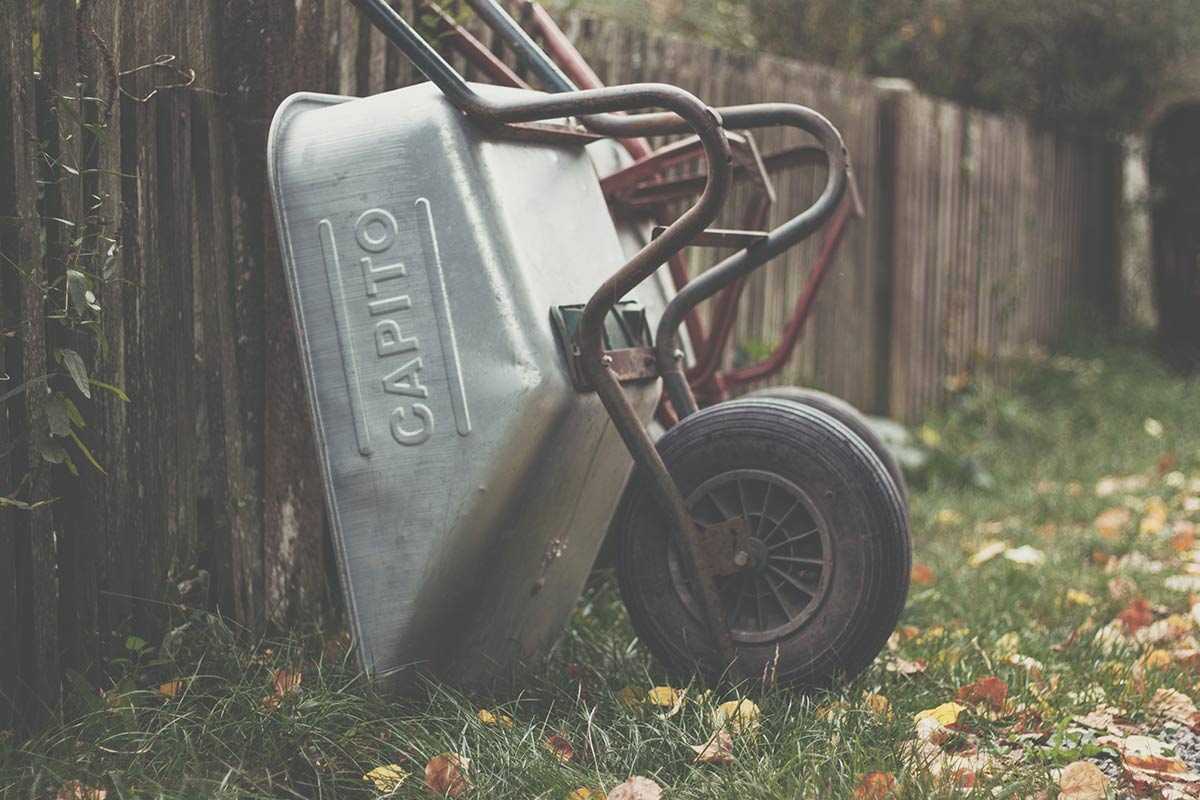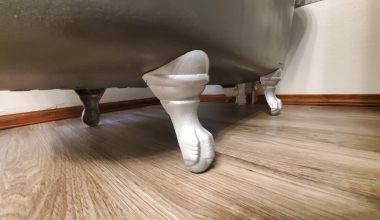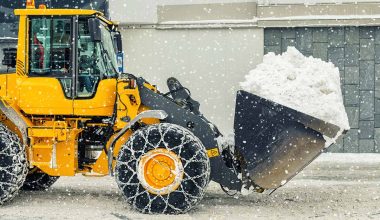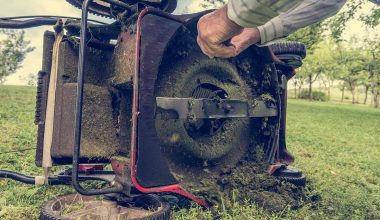When it comes to essential tools in the garden – you really can’t match the wheelbarrow. These workhorses take endless abuse and yet are relied upon every day for hauling mulch and soil.
So, how should you care for your high quality wheelbarrow? We’re glad you asked, and we’ve put together this short guide to go over the basics. If properly cared for – a good wheelbarrow should last 50 years without a problem.
Storage
The fundamental key to looking after your wheelbarrow is storage. No matter how expensive it is, if you leave it exposed to the elements it will quickly deteriorate. Sun damages plastics and paint, rain will cause rust, and temperature changes can damage the finishing. We highly recommend leaving it in a shed or garage if at all possible.
When leaving your wheelbarrow, always leave it propped up vertically against a wall. Firstly, this helps drain water out of the tray and prevent rust. Secondly, this approach can help to reduce flat spots in your wheel if your wheelbarrow is left for a long time.
Handles
Some wheelbarrow handles are made from wood, and others from steel. Regardless of which type they are, you should wipe them down regularly with a damp cloth to remove any dirt. This prevents moisture accumulation with can lead to rust or wood damage.
For wooden handles, you should also sand them occasionally to prevent slivers, and rub them in wood oil. This will help to protect the wood from water damage, while also keeping them smooth.
Barrow
The primary risk for metal barrows is obviously rust. The best way to prevent it is to clean out the barrow after every use, and drain it to prevent standing water. On painted barrows, rust will typically break out anywhere the paint has chipped – so you should try to touch up paint chips as fast as possible. For bare metal barrows, you can remove any small amounts of rust with wire wool to prevent it spreading.
Wheels
Caring for your wheels is very straightforward – all you need to do is grease the axle once every year with a grease gun. This should keep it turning smoothly for years to come. At the same time, we also recommend you check there aren’t any loose bolts on the wheelbarrow chassis. If you have a pneumatic tire, you can inflate it using a bicycle pump.
Wrapping Up
As we’ve seen – taking care of your wheelbarrow isn’t hard. A few simple habits can ensure you have a long term companion in the garden – rather than a rusted eyesore!






